Search the SignalPET blog
Implementing AI Radiology Software in Veterinary Practices
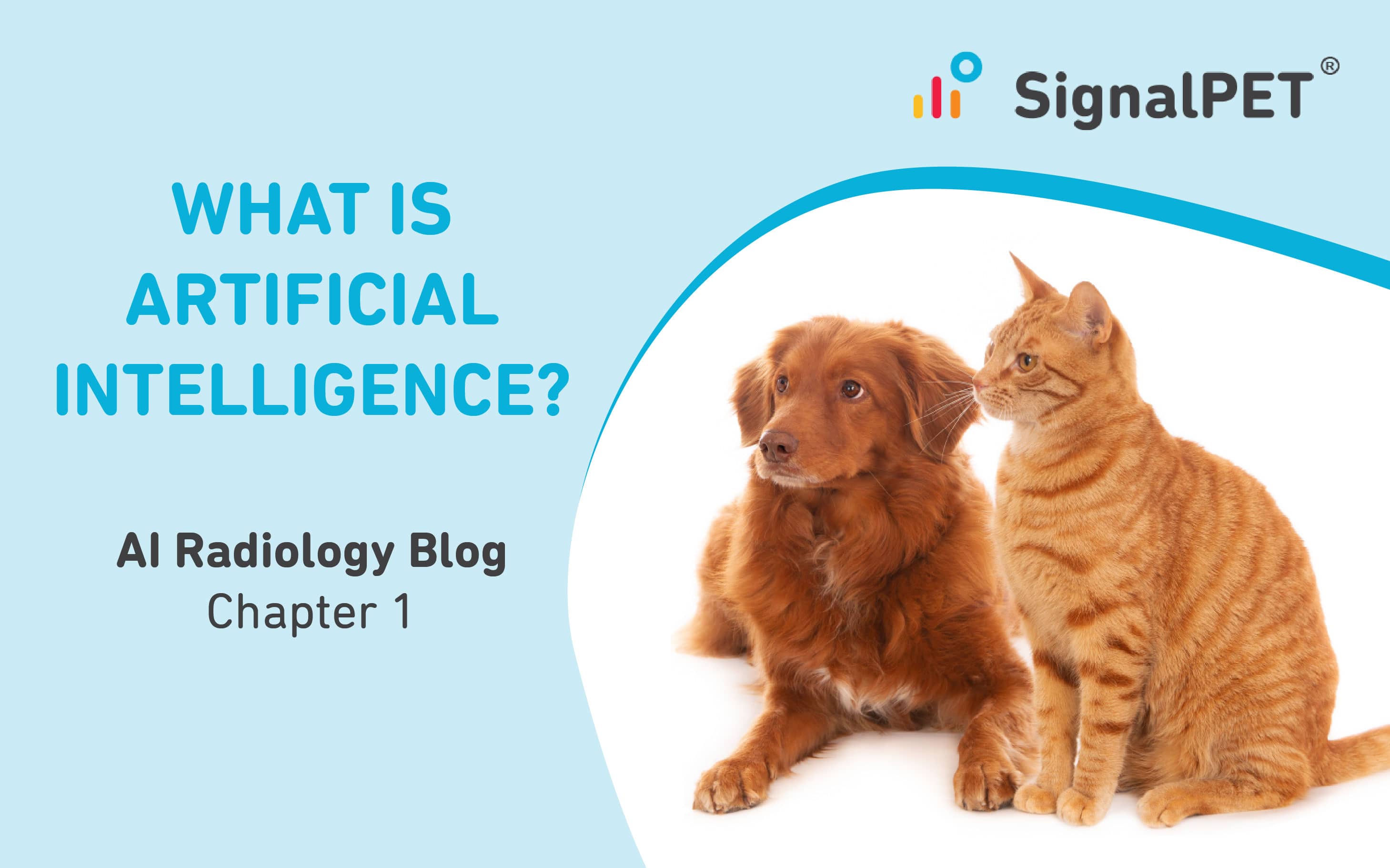
The AI Radiology Blog – Chapter 1: What is AI
This introduction to Artificial Intelligence (AI), covers the fundamental concepts and misconceptions surrounding this technology. It gives a broad overview, meant for veterinary practice clinicians,vet techs, and interested pet owners, of what AI is, and serves as a basis for the more complex concepts which will be covered in future entries of this blog.
Read More
Festive Follies: Your Patient Ate What?! Contest Winner Announcement
Your Patient Ate What?! Contest Winner Announcement
Read More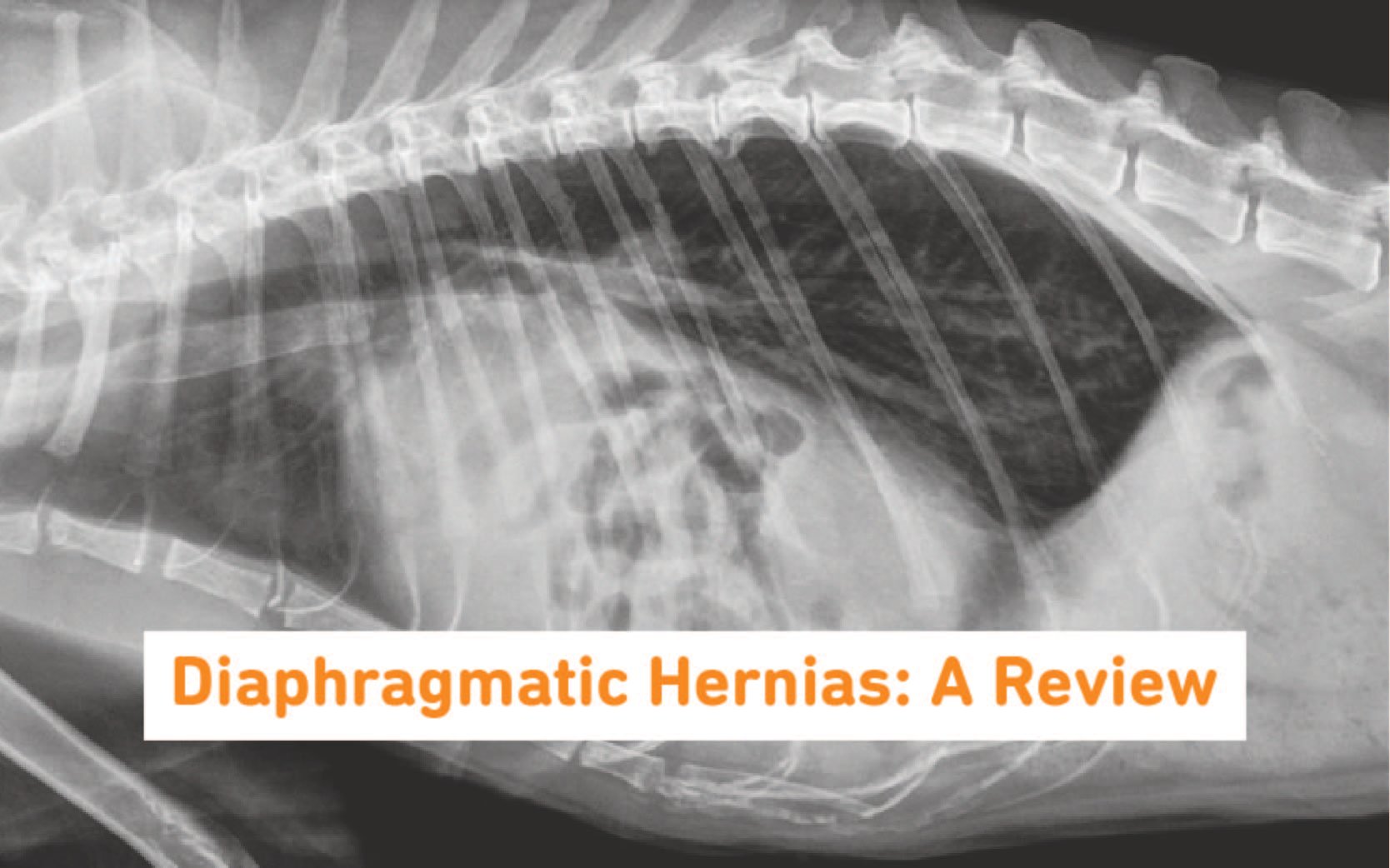
A review of diaphragmatic hernias
Diaphragmatic hernias are commonly recognized by small animal clinicians and may be congenital or traumatic in origin, and acute or chronic in duration.
Read More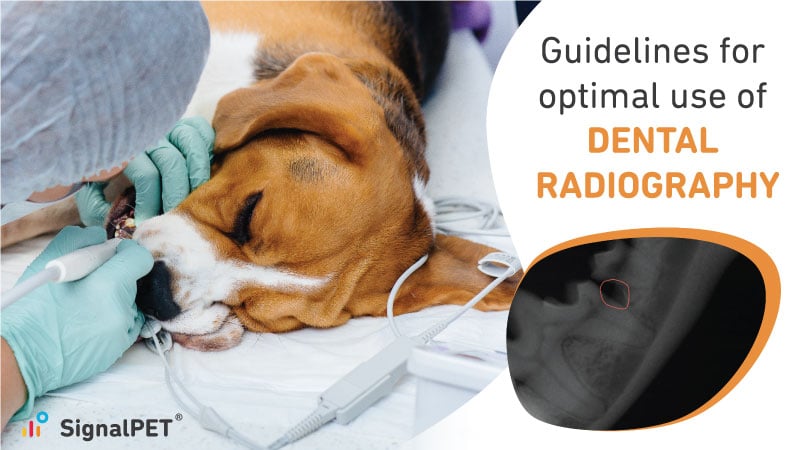
Guidelines for optimal use of dental radiography
How do you ensure your treatment plan for this animal is correct and the patient will get the care it deserves? The answer is dental radiography.
Read More
Better teeth, better health. A reason to SMILE.
“Tooth” be told, veterinary dental radiology is fast becoming the standard of care in veterinary dentistry. SignalPET is therefore very excited to announce its release of its new product, SignalSMILE, and its range of dental tests.
Read More.jpg)
Veterinary dental radiology made easy with SignalSMILE
When it comes to interpreting dental radiographs, a second set of eyes™ can always be of great assistance in completing a complex assessment.
Read More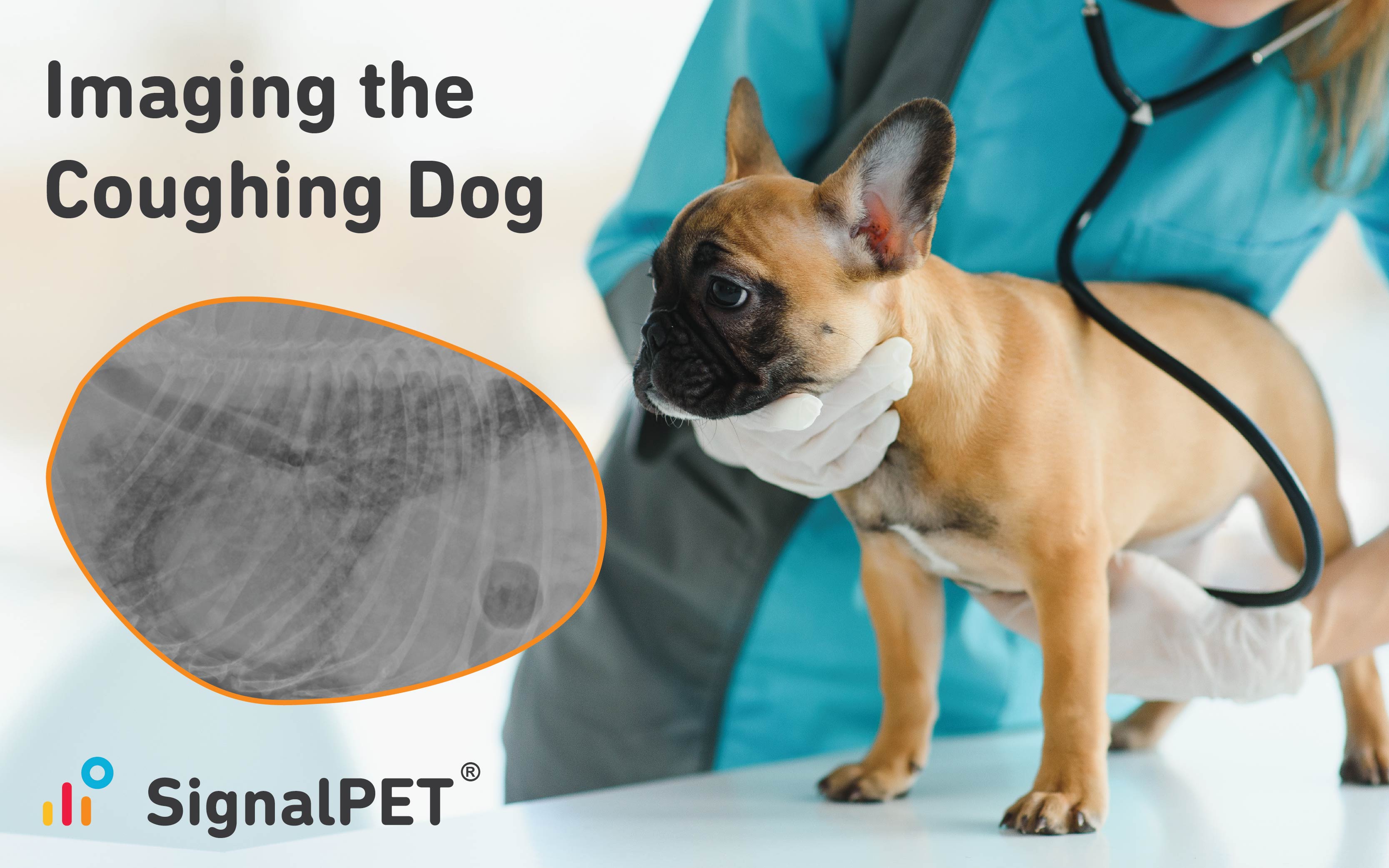
Imaging the Coughing Dog
Coughing is one of the most common presenting complaints for dogs in small animal practices. The clinical signs associated with coughing may present a diagnostic challenge to the practitioner as the cough in some animals is clinically less significant and/or self limiting, while in others it may be far more serious.
Read More
Canine Osteoarthritis - Ache it until they can't make it
Canine osteoarthritis (OA) is a very common problem that affects between one-third to one-half of all canines at some point in their lives.
Read More
Breed all about it - A tribute to the Golden Retriever...
A quick guide to Golden Retriever health concerns, with particular reference to what we, the veterinarians, need to be aware of, and recommend to the pet owners.
Read More.jpg)
Hacking Feline Asthma - It ain't easy being wheezy
Feline asthma is a lower airway disease that affects 1-5% of all cats. This post dives deeper into its clinical signs, diagnosis, and treatment.
Read More.jpg)
New Musculoskeletal Tests! Elbow periarticular osteophytosis, Stifle periarticular osteophytosis and Hip luxation
In January 2021, SignalRAY is expanding its musculoskeletal profile with the addition of three new radiology tests: elbow periarticular osteophytosis, stifle periarticular osteophytosis, and hip luxation!
Read More.jpg)
Festive Follies - Tis the season for esophageal foreign bodies!
As we get to crack open the wine and tuck into the delicacies, we wanted to reflect on some esophageal foreign body cases from 2020 that led the pets to emergency vet visits.
Read More.jpg)
New Thoracic Tests! Uterine distention and Cranial thoracic mass
In September 2020, SignalPET proudly announced the release of the newest supported radiographic tests: Uterine Distention and Cranial Thoracic Mass!
Read More.png)
Radiology Case of the Week | Canine Neck Swelling
This week, we’ll evaluate thoracic radiographs from an older coughing dog with a mysterious neck swelling.
Read More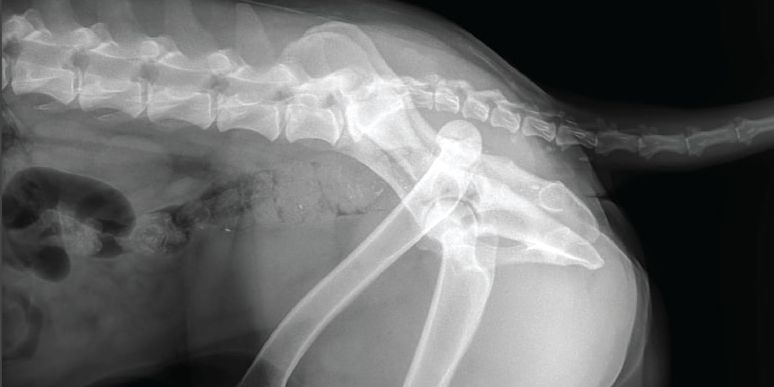
Radiology Case of the Week | Canine Appendicular Bone Fracture
This week, we will examine a sneaky canine appendicular bone fracture case with important clinical implications.
Read More
Radiology Case of the Week | Canine Gastrointestinal Foreign Body
This week’s case is a common cause of consternation, whether you are in general or ER practice; canine gastrointestinal foreign body and obstruction. This one’s easy to spot, but offers some insight into how multiple views can help make the correct diagnosis.
Read More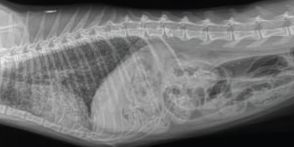
Radiology Case of the Week | Feline Miliary Pulmonary Pattern
This week, we will discuss a case that has striking radiographic findings and how the description of the feline miliary pulmonary pattern helps construct our list of differential diagnoses.
Read More%20(1)-1.jpg)
Radiology Case of the Week | Feline Bronchiectasis
This week, we will evaluate thoracic radiographs on a cat with vomiting and occult respiratory signs. Feline bronchiectasis is common, but this particular radiographic variation is rare.
Read More
Radiology Case of the Week | Canine Esophageal Foreign Body
This week, we will evaluate a canine esophageal foreign body case from a 6-week old puppy with presumed clinical signs of regurgitation and vomiting.
Read More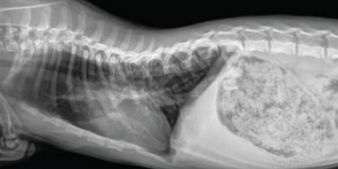
Radiology Case of the Week | Feline Congenital Thoracic Lordosis
This week, we will evaluate orthogonal radiographs of the thorax and abdomen that were obtained to investigate for feline congenital thoracic lordosis.
Read More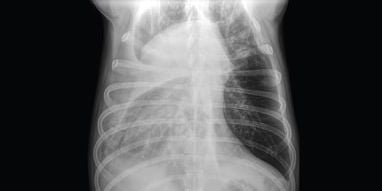
Radiology Case of the Week | Canine Pleural Effusion
This week, we will evaluate a canine esophageal foreign body case from a 6-week old puppy with presumed clinical signs of regurgitation and vomiting.
Read More.jpg)
Radiology Case of the Week | Peritoneal Pericardial Diaphragmatic Hernias
Peritoneal Pericardial Diaphragmatic Hernias is the most frequently observed congenital abnormality in feline and canine patients.
Read More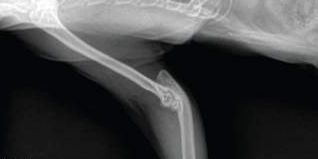
Radiology Case of the Week | Feline Radial Hemimelia
Recently, we have seen two cases of feline radial hemimelia, in which the radius is incompletely formed or absent.
Read More
